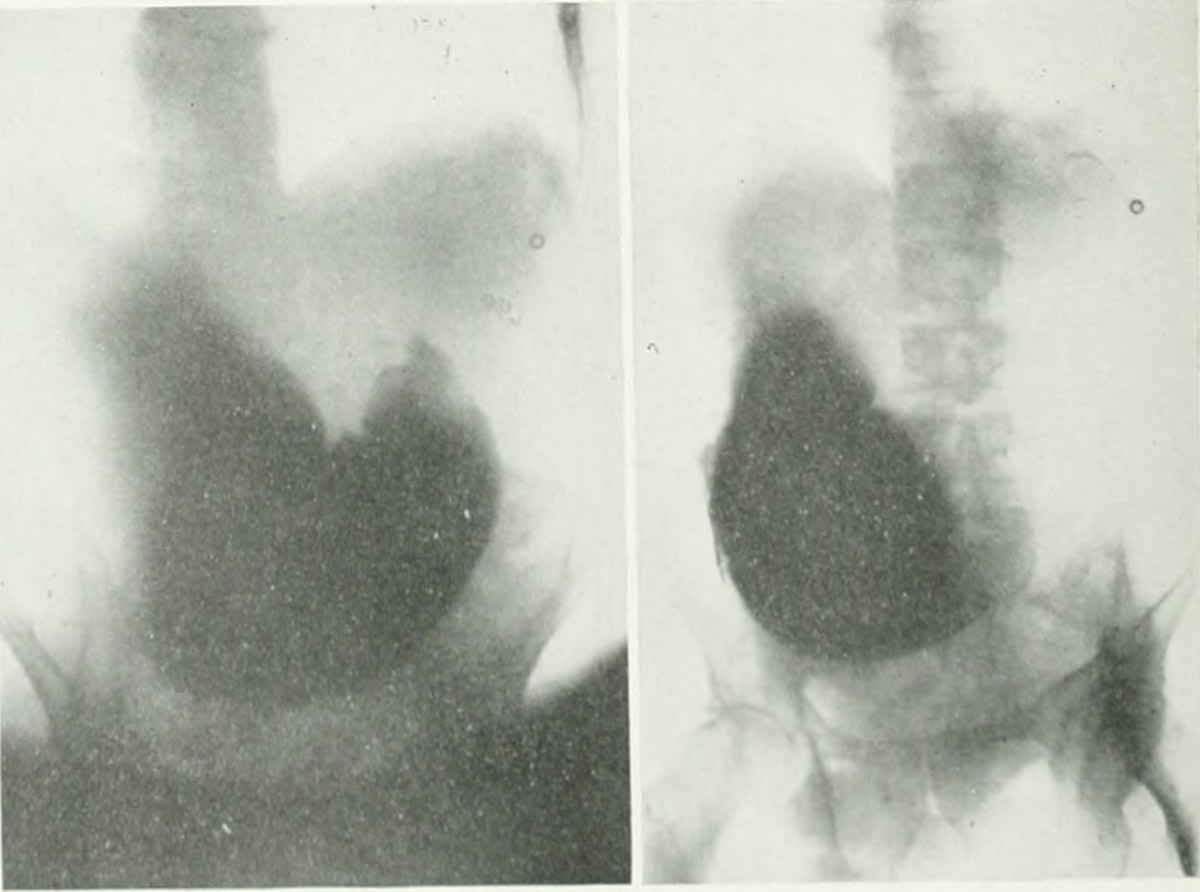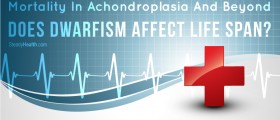
Shwachman-Diamond syndrome is a rare genetic type of medical condition. It may affect a large number of different organs in the human body, and different people may experience different symptoms of the condition. In spite of all that, all cases are characterized by certain hematologic abnormalities and pancreatic defects. A large number of cases also involve short stature and certain forms of skeletal abnormalities. The exact causes of this type of disorder are largely unknown. According to various different types of clinical characteristics which may be associated with Schwachman-Diamond syndrome it can be divided into two categories which are its primary features and other features.
Primary Features of Shwachman-Diamond Syndrome
The primary features of Shhwachman-Diamond syndrome include small stature at all ages, poor growth in childhood, skeletal abnormalities, pancreatic defects and different sorts of hematologic abnormalities. Children who suffer from Shwachman-Diamond syndrome are usually smaller than average at birth, and these features are usually persistent throughout their later years of development as well. It is a peculiar fact that in spite of the small stature and poor growth, the weight is usually appropriate for the height of the affected child. Normal nutritional status is commonly achieved by enzyme treatment, but it still cannot be of much help in dealing with small stature. It is common for these features to be associated with delayed puberty as well. At least half of all cases of Shwachman-Diamond syndrome are characterized by a certain type of skeletal abnormality which is medicinally referred to as metaphyseal dyschondroplasia or metaphyseal dysostosis. These abnormalities usually affect the hips or the knees and can only be visible on an X-ray scan, since they do not involve any visible or clinical problems. The growth plate of the bone may sometimes be affected, and the same can be said for the top of the femur and the knee joint. These medical problems may only be resolved by a surgical intervention. Some cases may also involve certain changes of the cartilage in the vicinity of the ribcage. This occurrence is medicinally referred to as costochondrial thickening. A small number of cases of Shwachman-Diamond syndrome may also be involved with certain rib cage abnormalities such as a narrow rib cage and shortened ribs with flared ends. Several other rarer cases of skeletal abnormalities may include duplicated distal thumb phalanx, dislocation of the end of the femur, vertebral collapse, growth arrest lines, thinning of the bones and bent fingers. Another feature on the list of primary features of Shwachman-Diamond syndrome is the pancreatic defect. For those who do not know, the pancreas is a certain organ in the human body which is in charge of the production of insulin and various sorts of digestive enzymes. The part of the pancreas which is in charge of the production of digestive enzymes is the one which gets affected by the SDS. This medical problem is referred to as pancreatic insufficiency. These pancreatic problems are commonly characterized by certain symptoms such as loose stools, foul smelling stools and bulky stools which indicate that the intestines are not able to absorb all the fats and nutrients from the foods consumed. That is the main reason why it may be related to numerous different types of nutritional deficiencies. Replacement enzymes are usually used to take care of these pancreatic defects. The most common primary features of Shwachman-Diamond syndrome are certain sorts of hematologic abnormalities. The bone marrow produces three different types of blood cells and those include white blood cells, red blood cells and platelets. Among the most common hematologic abnormalities associated with SDS is neutropenia, which is actually a low count of neutrophils. It often leads to the development of various serious types of infections which may sometimes be lethal. Other less common types of hematologic abnormalities may include anemia (which is low red cell count), thrombocytopenia (low platelet count) and pancytopenia (low count of all three types of blood cells). Some cases may also involve acute myelogenous leukemia and complications such as the bone marrow failure.
Other Features of Shwachman-Diamond Syndrome
There are certain secondary features of Shwachman-Diamond syndrome which can be observed only in some cases. Those may or may not include a wide array of medical problems and conditions such as dental dysplasia, tooth decay, tooth enamel defects, periodontal disease, liver enzyme abnormalities, large appetites, kidney stones, renal tubular acidosis, renal lithiasis, drooping of the upper eyelid, strabismus, coloboma, punctuate keratitis, scaly skin, enlarged heart and myocardial fibrosis.
The Diagnosis of Shwachman-Diamond Syndrome
The biggest problem with proper diagnosis of Shwachmand-Diamond syndrome is that it is a very challenging task due to so many variations in its clinical features. Hematologic and exocrine pancreatic abnormalities are usually the main criteria upon which the diagnosis can be based. Short stature and skeletal abnormalities are commonly considered as the secondary criteria which only support the diagnosis.

















Your thoughts on this
Loading...